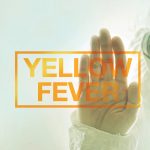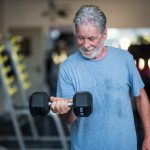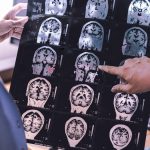
If tropical lands like South America or Africa are your travel destinations, getting yourself protected against yellow fever before you go is imperative, an expert says. What is yellow fever? According to Dr. Jill Weatherhead, an assistant professor of tropical medicine and infectious diseases at Baylor College of Medicine in Houston, it’s a viral illness endemic to tropical zones that’s spread to humans through the bites of infected mosquitos. Most folks bitten and infected may not show any symptoms. But others will develop symptoms within a week of the bite. “These symptoms include fever, chills, headaches, back pain and myalgias [aches],” Weatherhead said in a Baylor news release. In some people, “the virus can progress to severe disease,” she added. “One in seven people will develop severe yellow fever, which includes high fever or jaundice, which is the yellowing of the skin that is associated with inflammation of the liver or hemorrhagic shock where bleeding can happen.” For folks unfortunate to develop full-blown disease, there’s very little doctors can do since no known antiviral is effective against the illness. The best that can be done is what health care workers call “supportive care.” There are two key methods of preventing yellow fever before it starts, however: Vaccination and mosquito avoidance. “A yellow fever vaccine is available and recommended for all persons nine months and older traveling to… read on > read on >


















